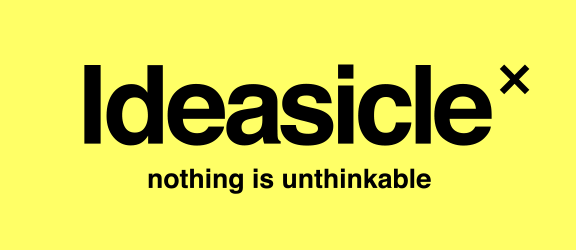Direct Mail’s Unexpected Encore: The Medium You Thought Was Toast Is Back
Here’s a jolt for all you advertising idea people: direct mail—that dusty relic you’ve been calling “junk” since the dawn of spam filters—is back. Not as a quaint throwback, but as a channel with unexpected pull in our screen-saturated world. The irony? The digital deluge we’ve been navigating has cracked open a window for something physical to matter again. With 605 emails hitting inboxes weekly, a piece of actual mail suddenly feels less like an intrusion and more like a deliberate human gesture. I think it’s time to consider this old/new channel again.
The Evidence: It’s Not Just Talk
In the last year, 61% of marketers increased their direct mail budgets, and 81% plan to invest more in 2025, according to Deep Sync’s latest report. The market’s expanding too—Statista projects it’ll reach $61.59 billion by 2029, growing at 0.95% annually. Performance is up, with 70% of marketers reporting stronger results recently. Response rates clock in at 5.3% for direct mail, dwarfing email’s pathetic 0.6%, per the DMA’s 2021 study. Plus, 39% of consumers tried a new brand after receiving a mailer. Read that last sentence again. I couldn’t believe it either.
Why It’s Gaining Traction: Digital Exhaustion and newfound precision
What’s driving this shift? First, we’re worn out from digital overload. With 605 spammy emails a week, people are tuning out the barrage. Direct mail offers a tangible oasis—USPS data reveals nearly two-thirds of recipients feel it links them to something real, and 6 in 10 value it more emotionally than email.
We are seeing this digital fatigue in other industries. Like the dating app trend: usage is slipping as people opt for more organic face-to-face encounters over swiping endless digital profiles—37% of Gen Z, 41% of Millennials, even 57% of Boomers say they’d miss physical mail if it stopped, per Postalytics. Younger audiences are especially hooked; Postcard Mania reports an impressive 12.4% response rate among 18-21-year-olds, compared to digital ads’ 0.12%. As the virtual hum fades; a mailed piece stands out.
Second, and with great irony, digital precision has sharpened direct mail’s edge. Digital tools like CRMs and analytics make direct mail hyper targeted—add a name, and responses spike 135%, says Data Axle USA. Link it to a recent purchase, and ROI hits 161%, per the ANA’s 2023 report. Digital’s own machinery has refined this old-school approach into something pinpoint and potent.
Creative Potential: Room for ideas
So, is direct mail just a robotic assembly line or is there room for creativity? It’s the latter—there’s space to play. Now, to be clear, automation exists and it’s pretty cool regardless of the idea being sent. Postalytics can fire off a mailer the second a cart’s abandoned and Cactus Mailing uses geofencing with direct mail and serves online display ads to those same addresses. And this blend of physical mail with digital precision ensures the message hits the right audience across channels.
But the real impact lies in what you do with the mailer. QR codes and augmented reality turn a postcard into an interactive moment. Scan it, and you’re watching a product demo in your space, as Lob’s 2025 trends highlight. Paper Run’s highly personalized mailers generated $30K in extra revenue for a client in one month, proving that this perceived personal touch works.
Beyond tech, design offers creative possibilities. Scented postcards? Feasible—printing companies like 4over4.com offer scented coatings, with brands like perfume makers using them to evoke sensory responses. Odd angles? Die-cut postcards in shapes like pizza slices (Papa John’s has done it) grab attention, as 4over4.com confirms with custom shape options. Folded pieces? PrintPlace and NextDayFlyers provide half-fold and tri-fold postcards, with tabbing and perforations for coupons or reveals—real examples include restaurant menus with QR codes, proving functionality. A 42.2% open rate and 60% usefulness rating from the Print & Mail Communications Association back the impact of thoughtful, creative design. Mix physical elements with digital ties—like a textured piece linking to a custom page—and you’ve got something.
It’s time to bring direct mail back into the creative fold.
I’m going to send this post to a few past clients who could definitely use this. I already have some ideas for them. Because I’m convinced direct mail is relevant again due to our digital weariness, honed by data, and ready for creativity to make the machinations of it work even harder.
Because junk mail is no longer junky.
Will Burns is the Founder & CEO of the revolutionary virtual-idea-generating company, Ideasicle X. He’s an advertising veteran from such agencies as Wieden & Kennedy, Goodby Silverstein, Arnold Worldwide, and Mullen. He was a Forbes Contributor for nine years writing about creativity in modern branding. Sign up for the Ideasicle Newsletter and never miss a post like this. Will’s bio.


